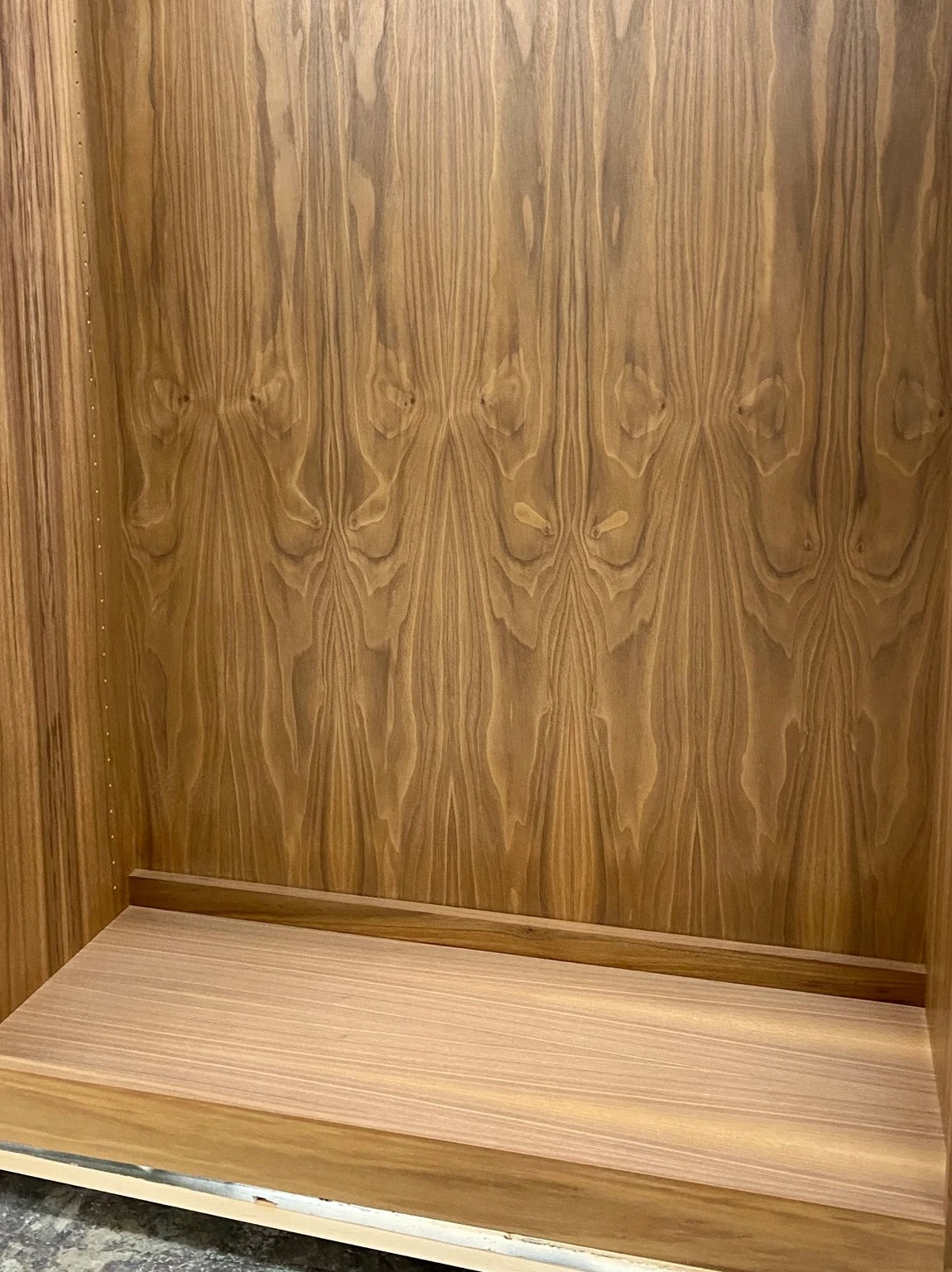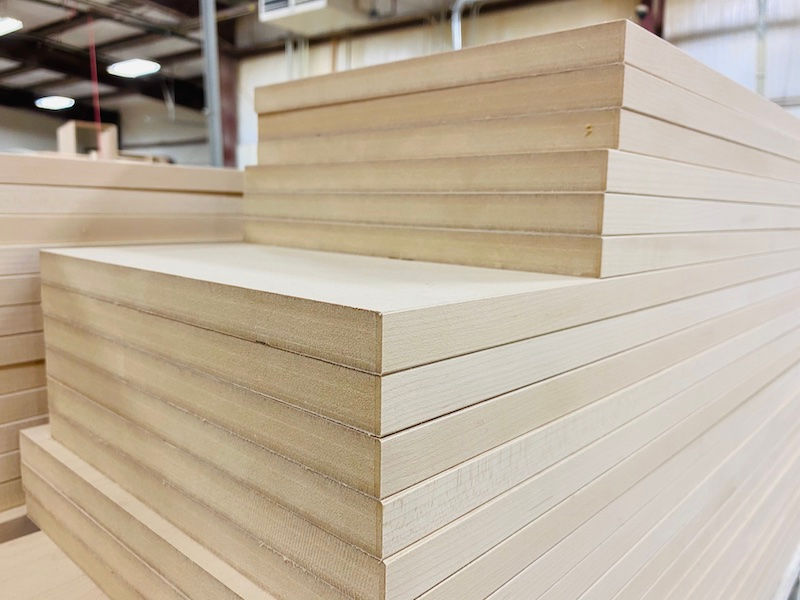Wood Types, Materials, and Cabinetry Construction: Your Complete Guide
- Sullivans Cabinets
- Feb 28
- 3 min read
Updated: Mar 4
When it comes to designing your custom cabinetry, there’s a lot to consider beyond just aesthetics. The materials you choose play a significant role in both the appearance and longevity of your cabinets. Whether you’re remodeling your kitchen, updating your bathroom, or adding a custom piece to your home, it’s important to understand the characteristics of different wood types and materials, as well as the various construction methods available.
Choosing the Right Wood for Your Cabinetry
Each wood type has its unique qualities that can define the look of your space and influence the overall design. From the rich, dark hues of walnut to the rustic appeal of hickory, here's a breakdown of the most popular wood types:
Oak
Oak is one of the most popular choices due to its strength, durability, and timeless appeal.
Maple
Known for its smooth, clean look, maple is a medium-hard hardwood that’s often used for painted cabinetry.
Cherry
Cherry is often considered a luxury wood thanks to its rich, reddish-brown hues that darken over time with exposure to light.
Hickory
Known for its striking contrast between light and dark streaks, hickory brings warmth to any space.
Alder
Alder has a soft yet durable structure that lends itself well to rustic and distressed finishes.
Walnut
Walnut is a luxurious wood that’s rich in color, from light brown to deep chocolate hues.
For more details on each of these wood types, check out our full Wood Types: Cabinetry 101 blog.
Left: Walnut ; Right: Rift Cut White Oak
MDF vs. Plywood: Materials That Matter
While the wood type you choose is important, the materials used in the inner construction of your cabinets can make all the difference in both functionality and cost. Two of the most common materials used for cabinetry are MDF (Medium Density Fiberboard) and plywood.
MDF
MDF is made from wood fibers, sawdust, and resins that are compressed to create a smooth, dense board.
Plywood
Plywood consists of multiple layers (or plies) of wood glued together to form a strong, flexible sheet.
For more information on how MDF and plywood stack up against each other, visit our MDF & Plywood: Cabinetry 101 post.
MDF
Cabinet Construction Methods: Strength and Style
Now that you know what materials are in your cabinetry, it’s time to understand how those materials come together. There are several cabinet construction methods, but the three most common are:
Frameless
In frameless construction, a tight reveal between doors and drawers creates a stream-lined contemporary look.
Face Frame
In traditional face frame construction, the frame of the cabinetry is visible. The reveal of the face frame will vary depending on how you choose to mount doors and drawers, whether it is overlay or flush inset with the opening.
Overlay
The doors cover almost the entire face of the cabinet, leaving only a small gap between them. This creates a modern, seamless look and maximizes storage space.
Flush Inset
Flush inset door construction means the cabinet doors and drawer fronts sit perfectly inside the cabinet frame, rather than overlapping it. This creates a smooth, clean, and seamless look where the doors are level with the surrounding frame.
Each construction type offers unique benefits depending on the design and functionality you're aiming for in your cabinetry. Want to explore the styles and construction methods further? Our 3 Cabinetry Styles blog has all the details.
Left: Overlay ; Middle: Flush inset ; Right: Frameless
Why Choose Custom Cabinetry?
At Sullivan’s, we understand that choosing the right materials and construction method for your cabinetry is no easy task. But that’s why we’re here. Whether you have a clear vision of what you want or need guidance every step of the way, our expert designers will help you create a custom cabinet design that fits your space, style, and budget.
Get in touch with us today to start planning your perfect cabinetry, and feel free to check out our full blogs for in-depth information on wood types, materials, and construction options. Together, we’ll create cabinetry that’s as functional as it is beautiful!















Comments